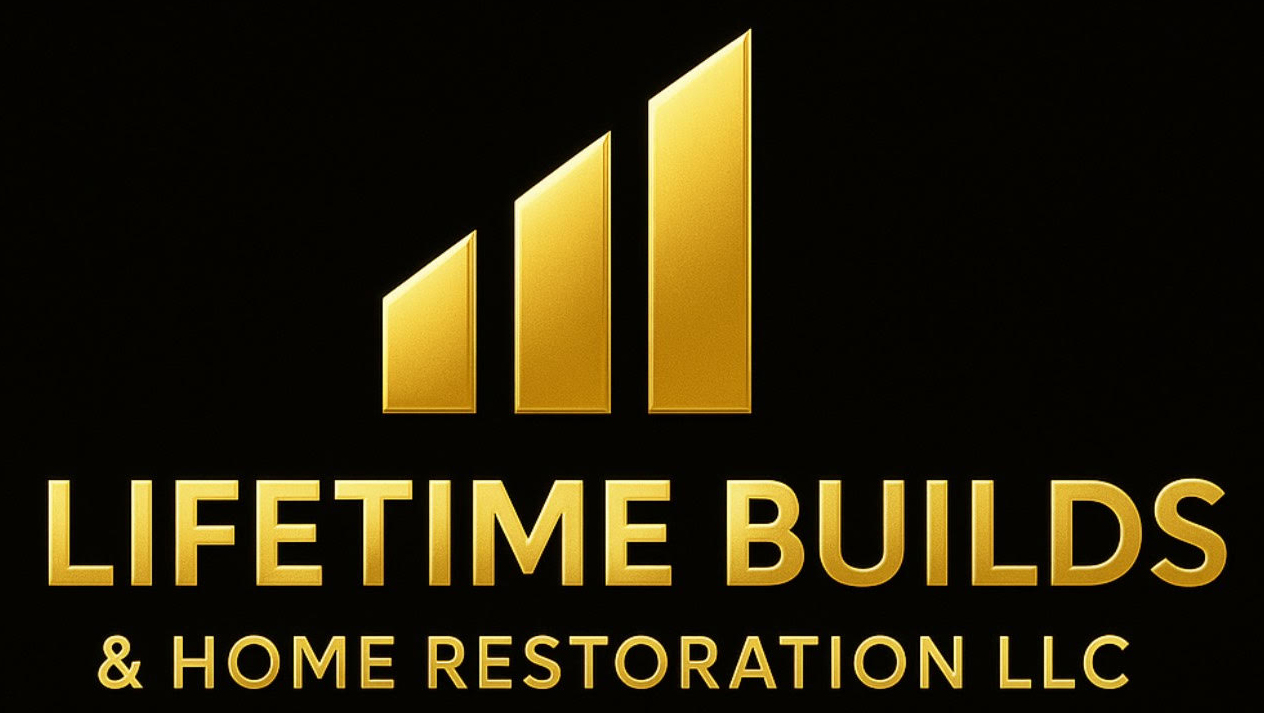Columbus is no stranger to severe weather events. From heavy rains to high winds and hailstorms, the area frequently experiences storms that can cause significant damage to homes and businesses. Understanding the common types of storm damage in Columbus can help property owners prepare, assess, and recover effectively.
In this blog, we’ll explore the types of storm damage you might encounter, tips for prevention, and how professional storm restoration services can help.
1. Types of Storm Damage in Columbus
a. Roof Damage
One of the most common impacts of storms in Columbus is roof damage. High winds can tear shingles, leaving the roof exposed to leaks and water infiltration. Hail can also dent or crack roofing materials, compromising the structure’s integrity.
Signs of Roof Damage:
- Missing or torn shingles
- Dented metal components like gutters
- Water stains on ceilings or walls
b. Water Damage
Heavy rainfall often leads to flooding, causing extensive water damage to properties. Poor drainage systems or clogged gutters can exacerbate the issue, allowing water to seep into basements or lower floors.
Signs of Water Damage:
- Wet or damp flooring
- Mold and mildew growth
- Peeling paint or wallpaper
c. Window and Siding Damage
Storms with high winds and flying debris can crack windows and damage siding. In severe cases, broken windows may let water into the home, causing further issues.
Signs of Window and Siding Damage:
- Cracked or shattered glass
- Dented or warped siding panels
- Gaps allow drafts and moisture in
d. Tree Damage
Strong winds often uproot trees or break large branches, which can fall onto homes, vehicles, or power lines, creating a dangerous situation.
Signs of Tree Damage:
- Fallen trees or branches
- Scratches or dents on walls and roofs
- Blocked driveways or roads
e. Electrical Damage
Lightning strikes during storms can damage electrical systems, appliances, and electronics. Fallen power lines also pose safety hazards.
Signs of Electrical Damage:
- Flickering lights
- Burn marks on outlets
- Non-functional appliances
2. How to Prevent Storm Damage
While storms are unpredictable, some measures can minimize potential damage:
Inspect Your Roof Regularly
Repair loose shingles or flashing to prevent storm-related damage.
Trim Overhanging Branches
Ensure trees near your home are healthy and well-maintained.
Install Storm-Resistant Windows and Doors
Reinforced materials can withstand high winds and debris.
Clean Gutters and Drains
Prevent water accumulation by ensuring proper drainage.
Secure Outdoor Items
Bring in furniture and other objects that could become projectiles in strong winds.
3. Steps to Take After Storm Damage
If your property suffers storm damage, follow these steps:
Step 1: Assess the Damage
Inspect your home for visible issues, such as missing shingles, broken windows, or flooding. Be cautious of hazards like downed power lines.
Step 2: Document the Damage
Take photos and videos of affected areas for insurance claims. Detailed documentation is critical for a smoother restoration process.
Step 3: Contact a Storm Restoration Professional
Hire a trusted storm restoration company in Columbus to repair and restore your property. Professionals have the expertise and tools to handle everything from roof repairs to water damage mitigation.
Step 4: File an Insurance Claim
Submit your claim promptly, including all documentation. Work closely with your restoration contractor to ensure all damages are addressed in the claim.
4. Why Storm Restoration Services Are Essential
Storm restoration professionals in Columbus offer a comprehensive approach to recovering from storm damage. They provide:
- Immediate response to prevent further damage
- Expertise in water removal and drying techniques
- Assistance with insurance claims and documentation
- Long-term solutions to restore your property to pre-damage condition
Conclusion
Storm damage in Columbus can be overwhelming, but understanding the risks and having a plan in place can make recovery more manageable. From roof repairs to water damage restoration, professional storm restoration services are your best ally in protecting your home and restoring it to its original state.
FAQs
1. What is the most common type of storm damage in Columbus?
Roof damage and water damage are among the most common issues caused by storms in Columbus.
2. Can I prevent storm damage to my home?
While you can’t avoid storms, regular maintenance and preventive measures, like trimming trees and securing loose items, can reduce potential damage.
3. How do I know if my roof is damaged after a storm?
Look for missing or torn shingles, water stains on ceilings, and debris on your roof. A professional inspection is recommended.
4. How quickly should I address storm damage?
It’s best to address storm damage immediately to prevent further issues like water infiltration or mold growth.
5. Do storm restoration services handle insurance claims?
Yes, most storm restoration companies assist with insurance claims, ensuring all damages are documented and covered.
